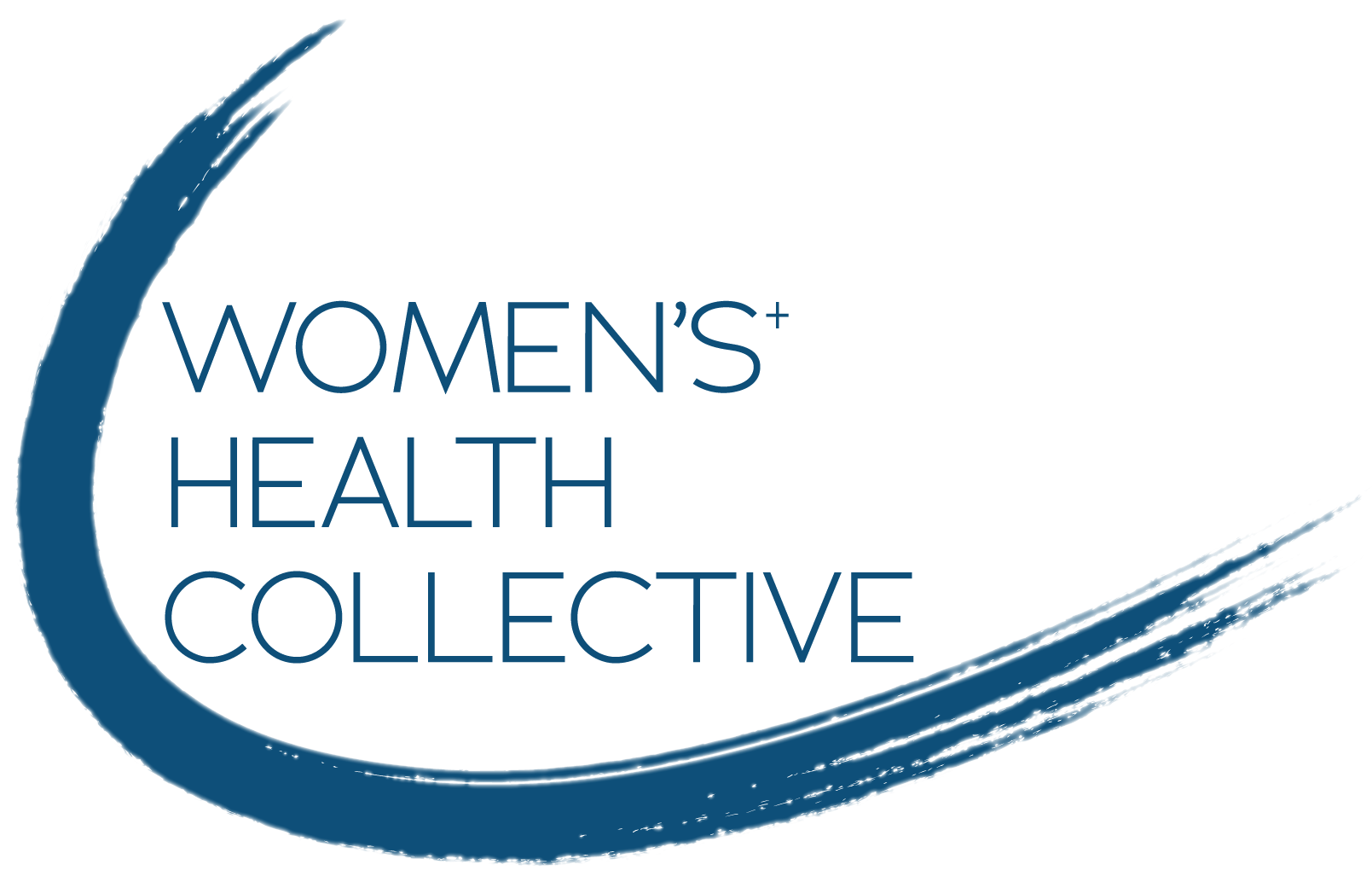Sex and Society: Why Female Pleasure Is Less Valued
Women are socialized to put up a boundary. A boundary that allows them to meet the need of working twice as hard in the workplace to be implicitly considered a man’s equal and the strength to endure the tiring fatigue that comes with balancing both household and professional duties. A border that ultimately gives them a “go-go-go” mindset to fight and prove their worth and have their voice heard in every arena of their lives. And yet one of the few places where this boundary shouldn’t exist - the bedroom - is exactly the root of a fundamental inequality they face: sexual and orgasm inequality.
We recognize that orgasms aren’t the only source for pleasure during sex for a women. With that being said, there is a substantial orgasm gap between genders with 64% of women and 91% of men saying they experience an orgasm during an average sexual encounter. Among college students, this number drops to 39% for women compared to a constant 91% for men.
One of the critical reasons for this gap is the deprioritization of clitoral stimulation (the pathway for 95% of women to an orgasm according to Becoming Cliterate by Psychologist Laurie Mintz, Ph.D). Rather, in heterosexual relationships, penetration and a male’s method of experiencing an orgasm has become the center of sex for many couples. Part of this may be related to our terminology and the importance we subconsciously place on various parts of sex. The use of the word “foreplay” suggests that clitoral stimulation (and therefore a woman’s orgasm) is not an important part of intercourse and rather something men must do to “get women ready” for penetrative sex. Nisha McKenzie, PA-C, CSC, NCMP, IF says that she avoids using the word foreplay entirely for this very reason because in a matriarchal society, what we now call “foreplay” would have equal importance to penetrative sex. In other words a woman’s and man’s pleasure would be equally valued.
One of the most unfortunate truths of women’s sexuality is their socialization to believe that it’s normal for sex to be painful and uncomfortable. Women are so conditioned to hold up their boundaries and constantly self-assess that it’s difficult to let this guard down in the bedroom. Katherine Rowland, author of The Pleasure Gap: American Women and the Unfinished Sexual Revolution, says the women she interviewed said they were constantly “surveilling their performance, critiquing their physique, hastening an encounter to an abrupt conclusion or fixedly tending to their partners’ pleasure at the expense of their own”. Additionally the decades long cultural double standard that slut shames women for the same sexual behaviors that it encourages in men and associates sexual desire with impurity contributes to an aversion to talking about sex among women that provides an additional barrier to their path of attaining pleasure during intimacy.
After counseling several couples on their sexual needs, McKenzie says that the problem ultimately stems from a patriarchal view of sexuality and a variety of historical and cultural factors that have amplified its impact on women’s sexuality. Historically, the orgasms of Victorian women were considered unhealthy and unnecessary and it was believed that the clitoris was simply a “failed attempt at a penis” according to Mintz. This hierarchy of male needs over women’s has clearly prevailed into the 21st century. The removal of this hierarchy and the constant barrier women feel the need to put up will take time; but ultimately, its importance to the health, wellness, and empowerment for women can not be underestimated. Only then will women consistently and eagerly choose to participate in sexual encounters with male partners.
Blog Post by Akansha Das
